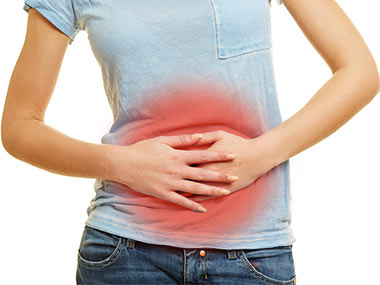ODS
Causes
There are broadly two types of causes of obstructed defaecation, which sometimes can co-exist:
- Functional: in this situation the pelvic floor fails to relax or even tightens when a patient tries to open their bowel.
- Physical: these are caused by weakness in the pelvic floor such as rectocoeles, enterocoeles and internal prolapse (recto-anal or recto-rectal intussusception), causing either a physical blockage to evacuation, or resulting in a pocket forming, which traps some bowel contents.
Symptoms
Patients with ODS experience some or all of the following:
- Needing to strain
- Never feeling empty
- Frequent and fruitless visits to the lavatory
- Using a finger to help evacuation (digitation)
- Some patients describe leakage of a small amount of stool after they have been to the lavatory
Diagnosis
In additional to thorough clinical examination the following tests are usually performed:
Flexible sigmoidoscopy or colonoscopy to exclude any co-existing large bowel conditions that might influence treatment strategy
Defaecating proctogram is the most useful test, offering information about the anatomy of the pelvis as well as its function during defaecation
MR defaecography is an alternative to the proctogram, said to be able to offer better delineation of pelvic floor structures and avoiding ionizing radiation
Colonic transit studies help exclude or diagnose slow transit constipation (lazy bowel)
Endoanal ultrasound assesses the anatomical integrity of the anal sphincter
Anal manometry is useful for assessing the performance of the anal sphincters (muscles surrounding the back passage)
Treatment
The management of ODS is mainly conservative, consisting of high fiber diet, bulking laxatives, rectal irrigation, biofeedback, and psychotherapy. It is generally accepted that less than 20% of patients need surgical treatment.
Conservative treatment
High fibre diet, increased fluid intake and bulking laxatives are the mainstay of conservative treatments of ODS. Chocolate and other foods which increase stool viscosity should be avoided.
Rectal irrigation, consisting of retrograde large bowel irrigation with warm water is reported to be effective in nearly half of the patients with ODS.
Biofeedback is indicated in case of anismus and reduced rectal sensation.
Anismus may be also cured with botulinum toxin A, (50 units injected into the puborectalis muscle), with a short-term cure rate of about 50% and minor or rare side effects, such as transient anal incontinence and hypotension.
Psychological counselling is helpful in patients with either depression or anxiety or both. For patients who are not willing to undergo formal psychotherapy, simple pelvic floor and abdominal muscle relaxation exercises taught by a psychologist may be useful to improve evacuation.
Rectocele and recto-rectal intussusceptions, despite being organic lesions, may be successfully treated with pelvic floor rehabilitation, provided that they are not long-standing. When these lesions become larger and more significant, they become causes of the ODS symptoms and require surgery.
Surgical treatment
Surgical treatment is only recommended in cases where conservative measures have failed and when an anatomical abnormality such as rectocoele, enterocoele or recto-rectal/recto-anal intussusception can be demonstrated.
Ventral mesh rectopexy, performed laparoscopically or robotically, has become the most commonly performed surgical procedure for ODS over the past decade. However, up to 50% of patients complain of recurrence of symptoms 4 years after surgery.

